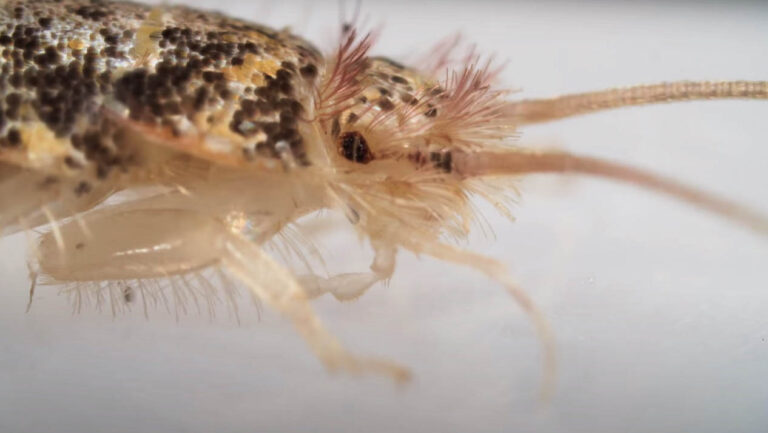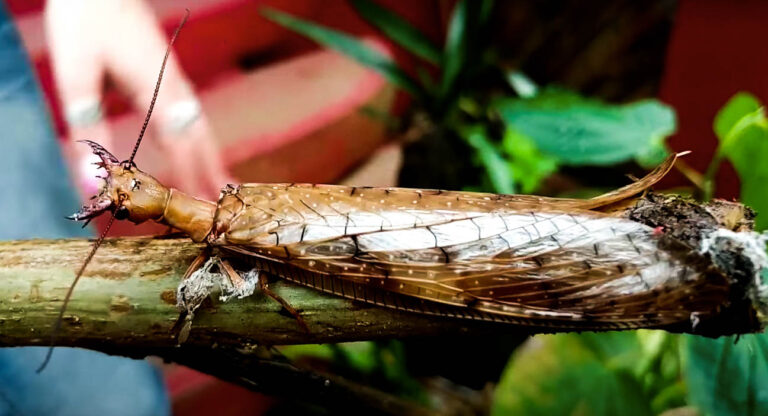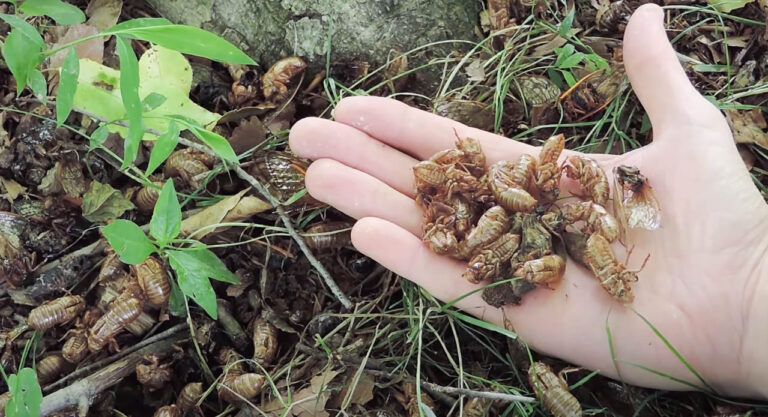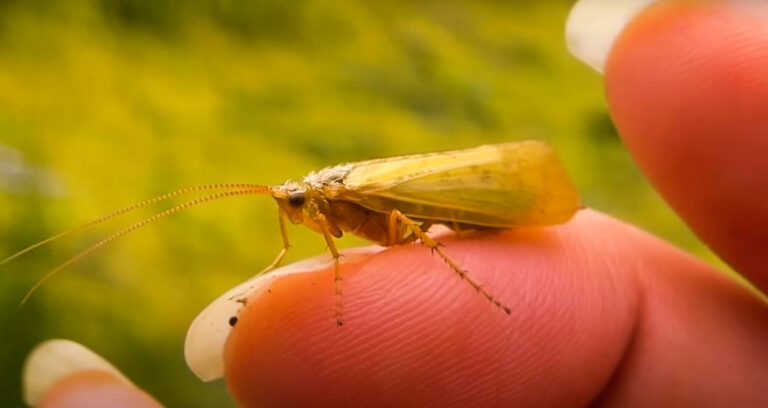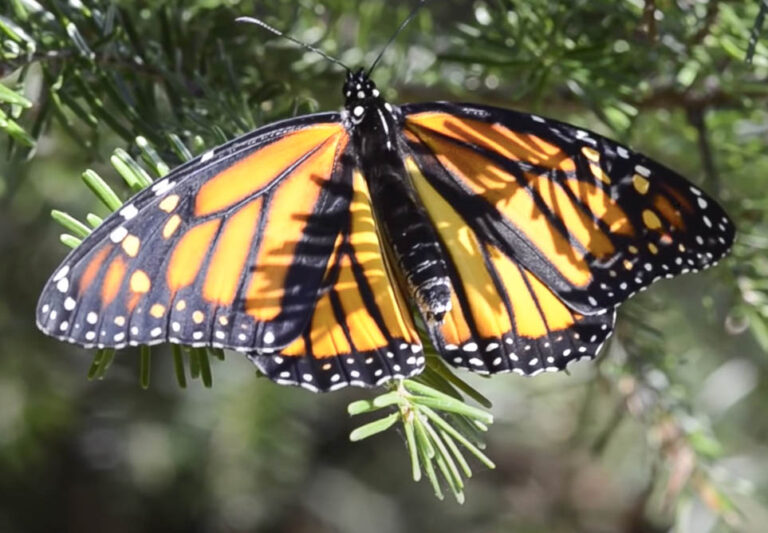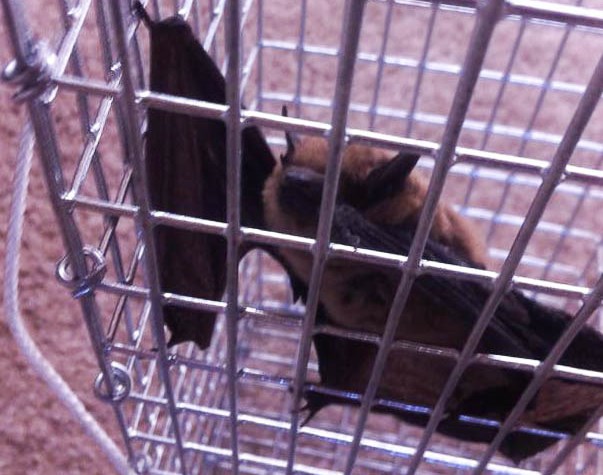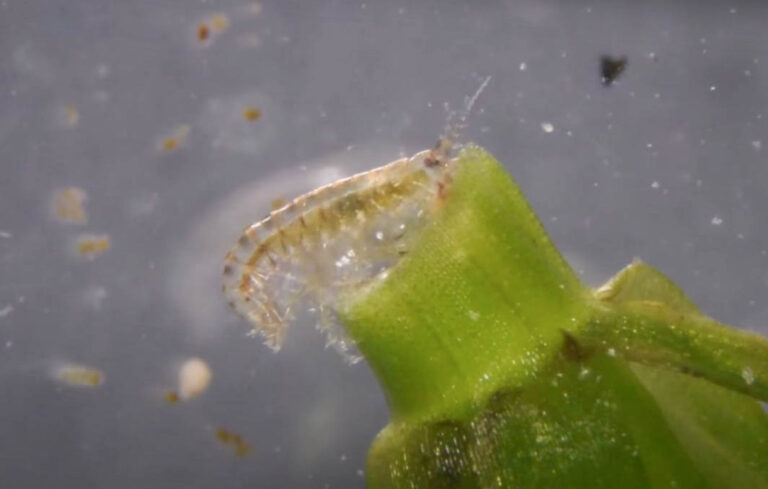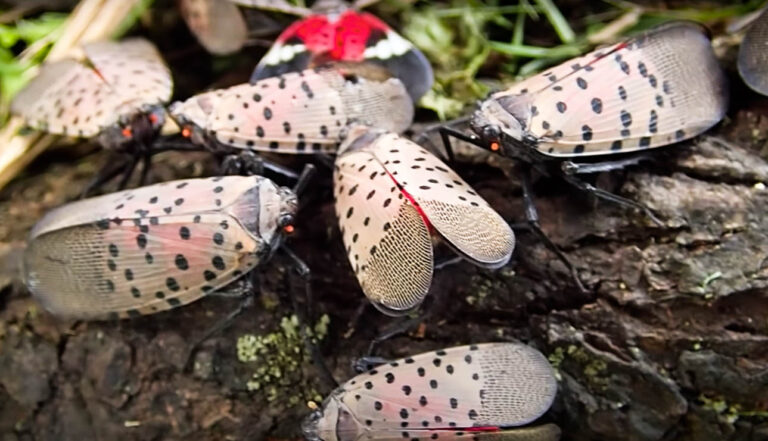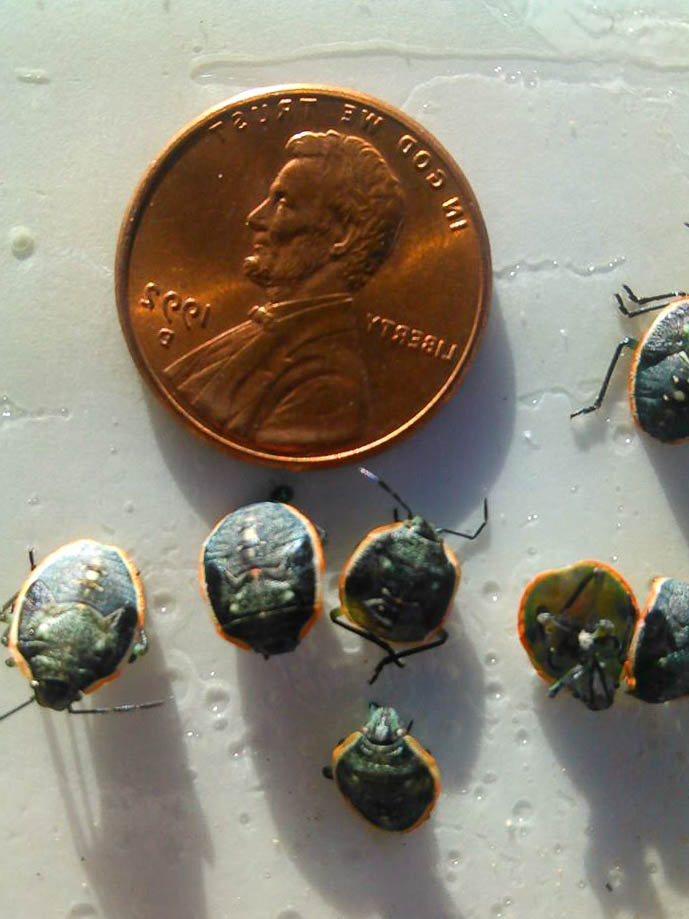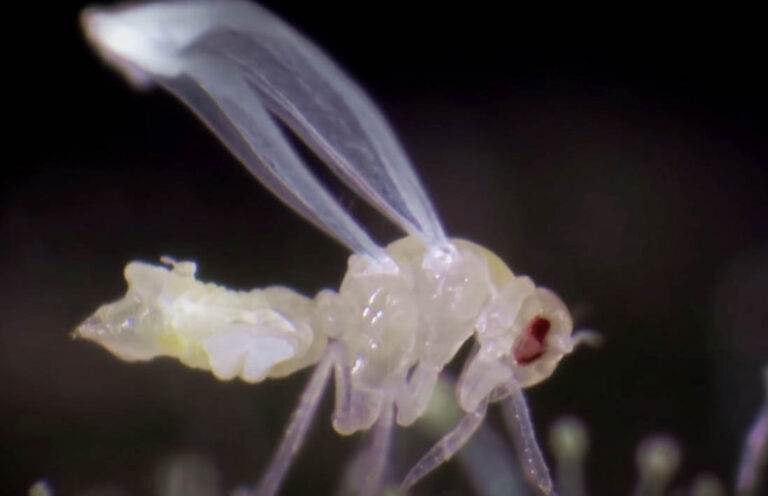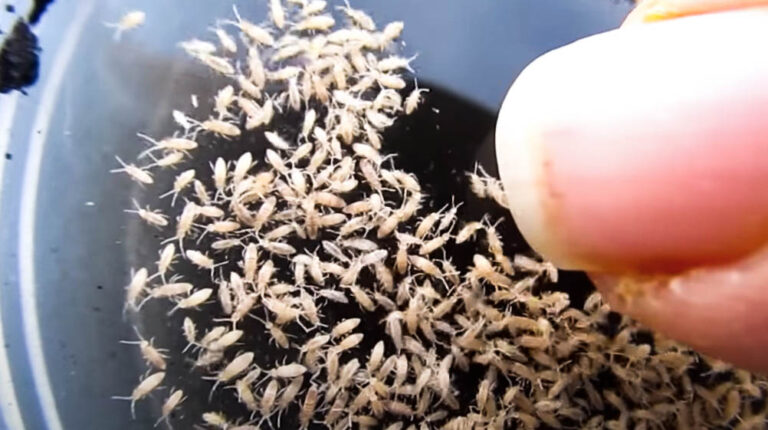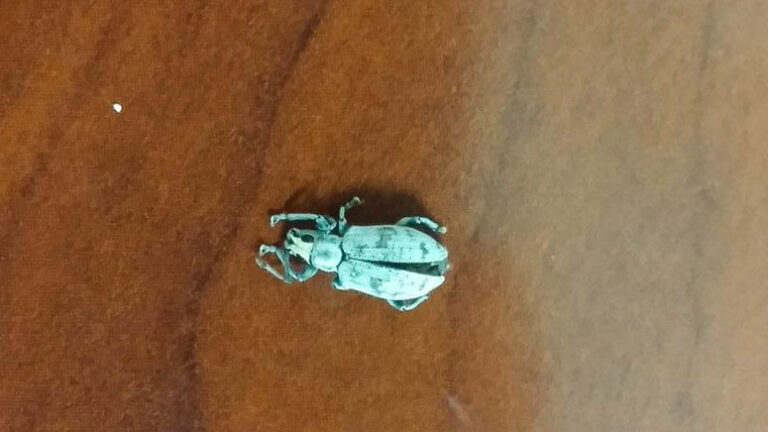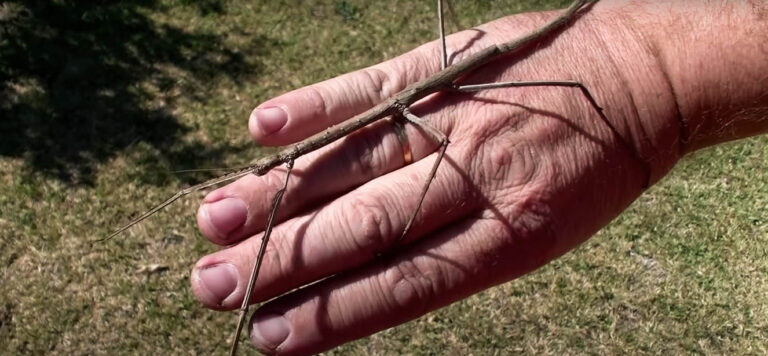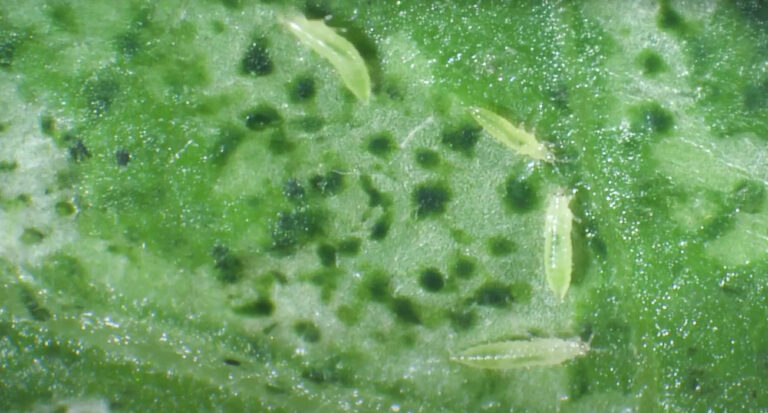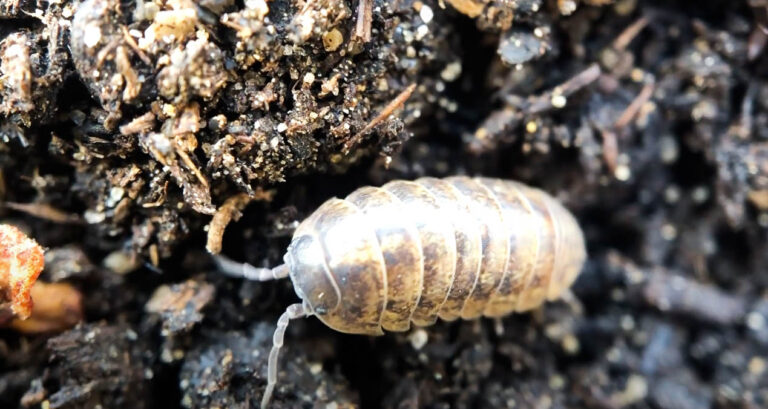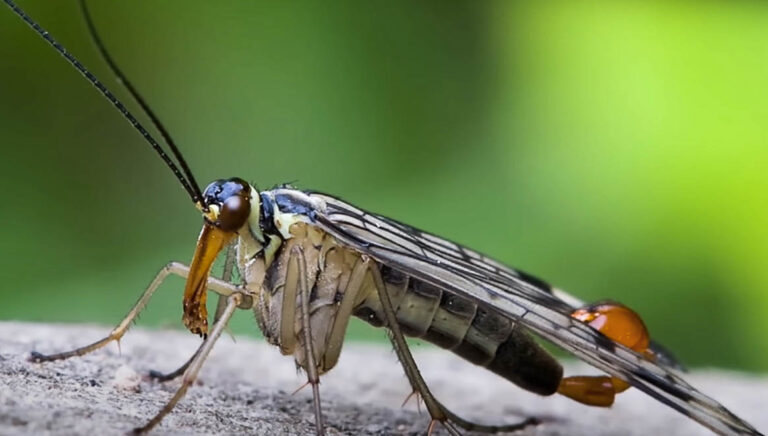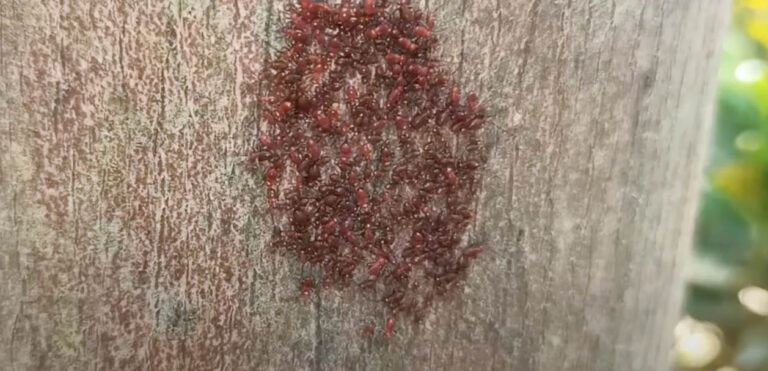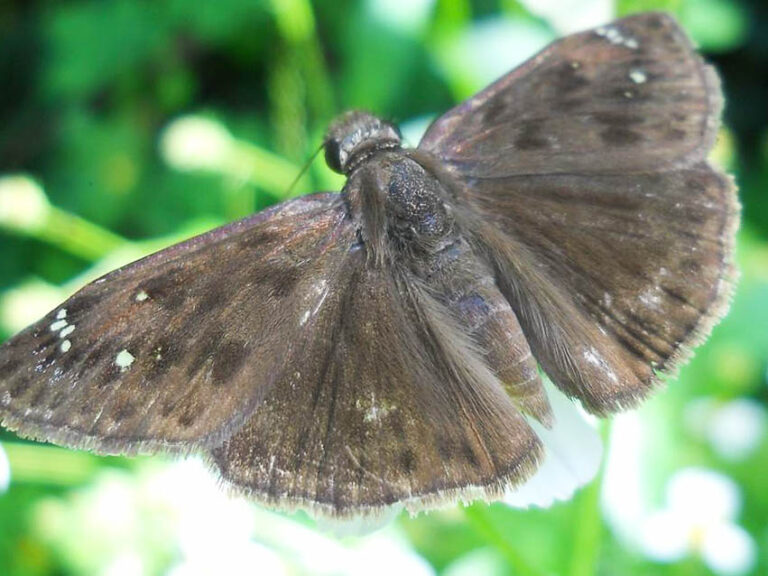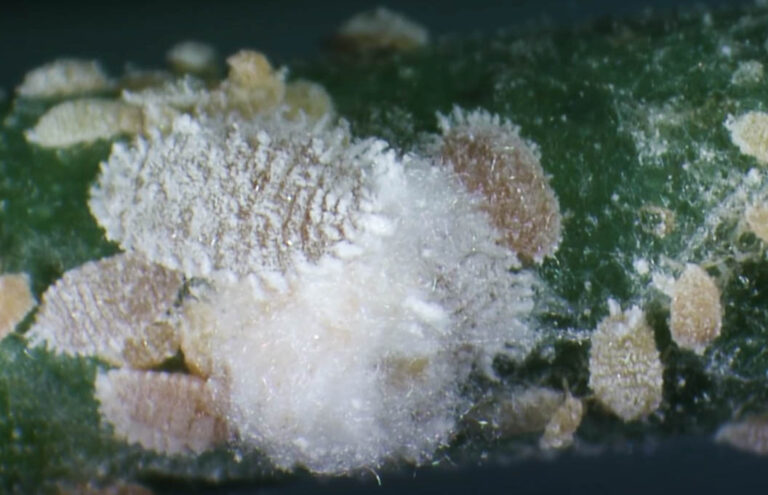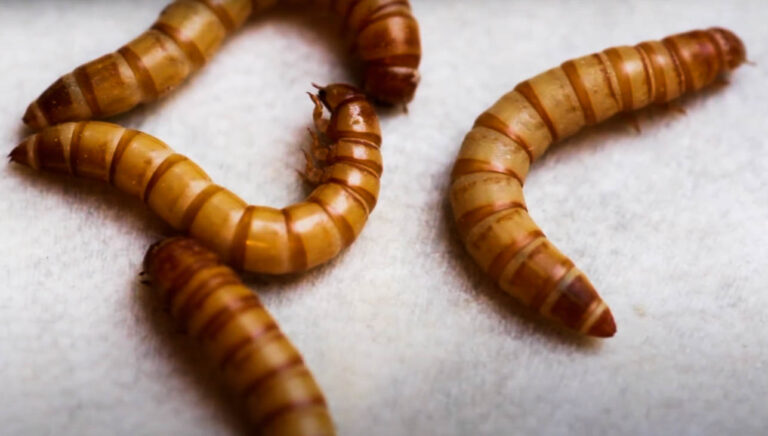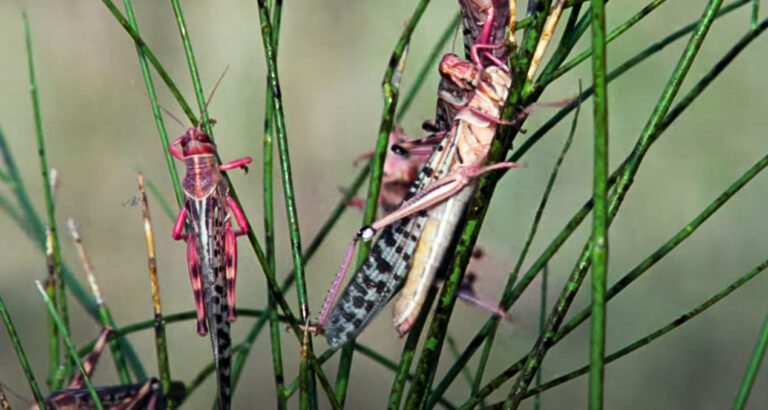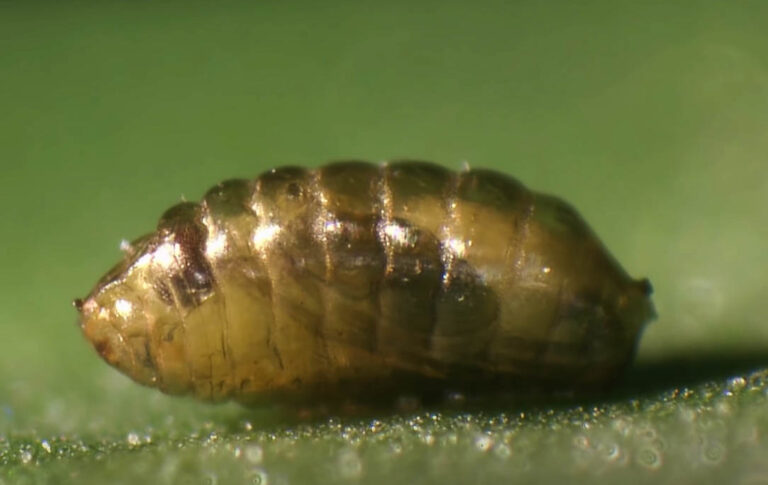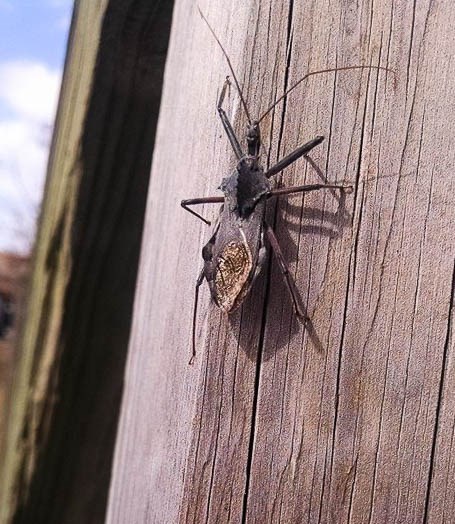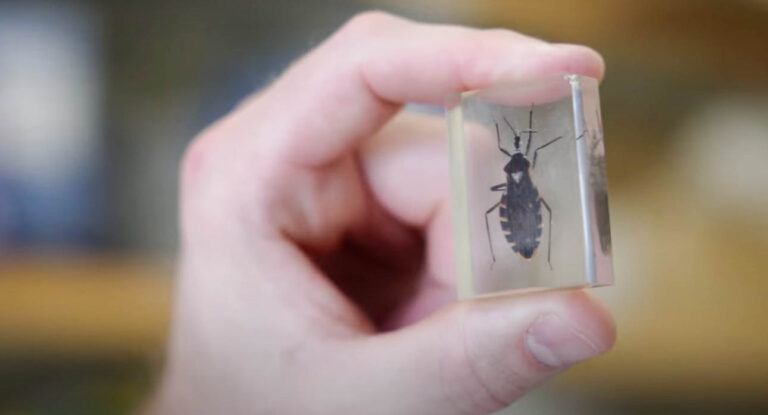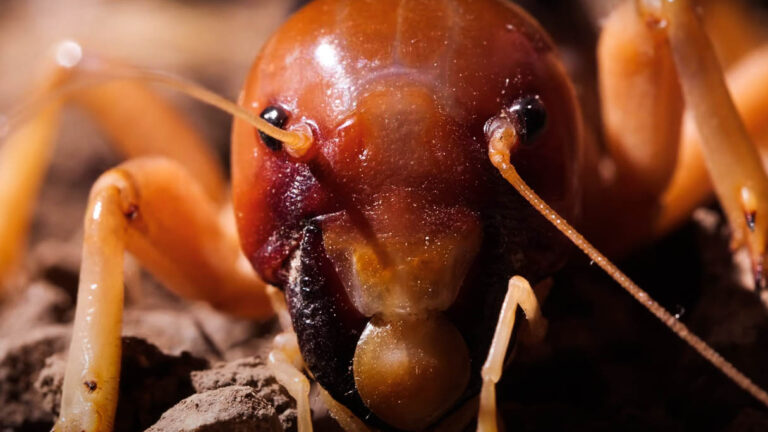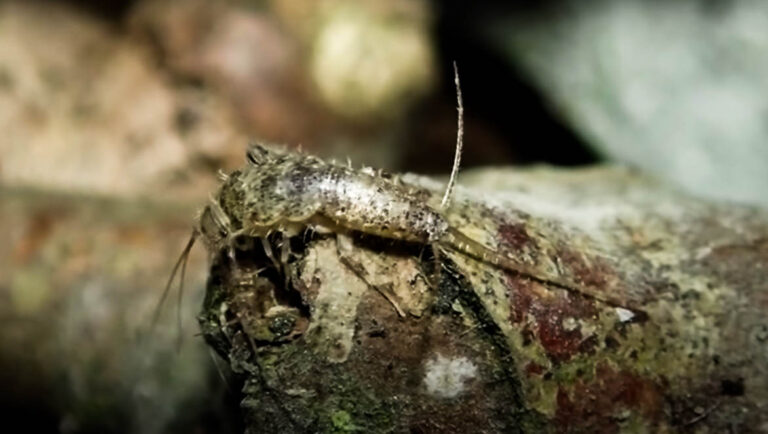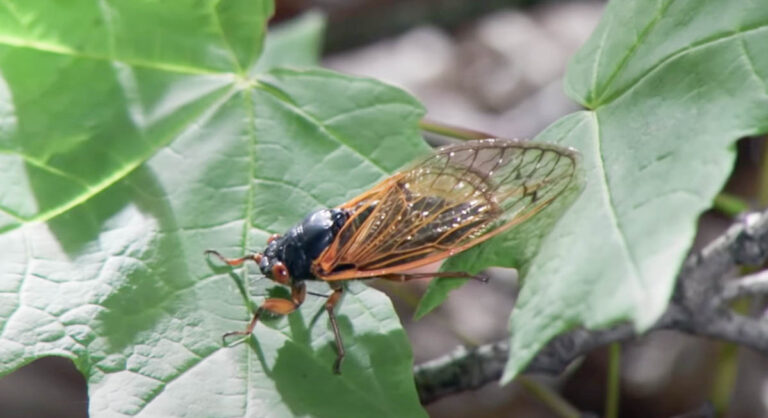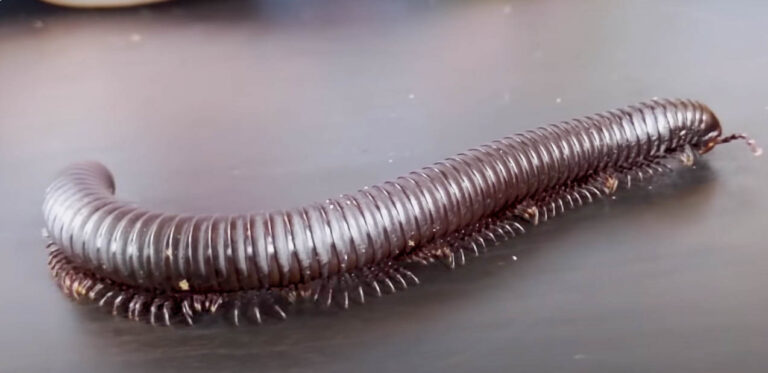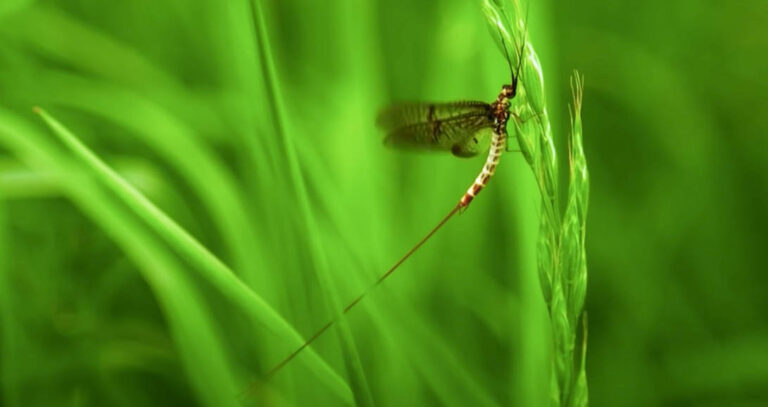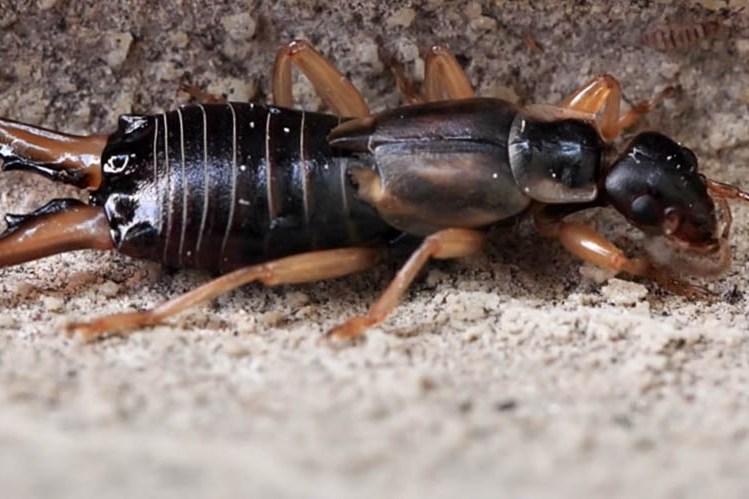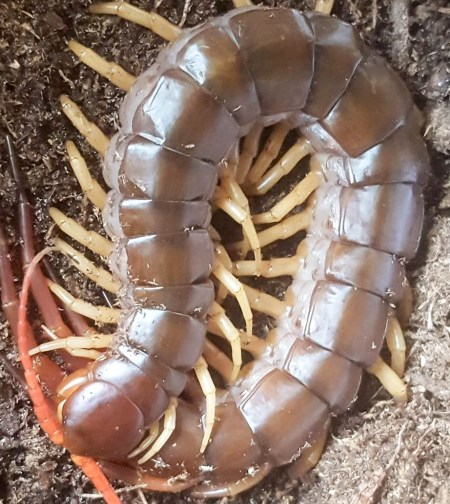About Walking Stick Bugs
About Walking Stick Bugs
Just as the name implies, walking stick bugs look exactly like a stick. These unique kinds of insects have elongated stick-like legs and a slender body that shares a close resemblance with a twig tree. From just looking at it, anyone would conclude that this insect is nothing but a twig or stick.
There is so much to be known about these walking stick bugs. If you want to learn more about them, all you need to do is read through this article. All you need to know about them is available right here. What we will be sharing about this insect covers its appearance, behavior, and other important features.
Appearance
Being a stick-like insect, you should expect it to be an elongated insect with no dominant body part. The length of this insect varies from two to eight inches depending on the species of the walking stick bug. A vast majority of these insects lack wings, except the Florida species that have weak and detachable wings which they use for short-distance flight. Walking stick bugs are weak insects as a result of their body framework. Their only source of surprise or survival is camouflage and they usually use this in the best way they can. To blend in with their natural environment and remain unnoticed or seen, their color ranges between green, grey, tan, or brown. Their ability to move their body in a way that enables it to mimic the movement of a tree branch blown by a gentle breeze allows it to also move around without anyone noticing. Just picture a stick moving with long legs and antenna, that’s exactly what walking stick bugs look like.
Behavior
Walking stick bugs are nocturnal insects and the adults feed mainly on the leaves of shrubs and trees. Though their feeding activities don’t cause major damages to plants, when left unchecked for years, they can cause serious plant damage. Unlike other foraging insects, walking stick bugs are opportunistic feeders. Each species of walking stick bug has a preferred choice of food. When they find such food, they are still around that food source their entire life. For example, the giant walking stick bug of Texas feeds only on grapevines and oaks. Despite their incredible ability to blend in with their natural environment and remain hidden, they are easy targets for birds, rodents, and praying mantises. Walking stick bugs have an interesting life cycle. These insects lay their eggs at the beginning of winter but later die when the months are getting colder. As the weather warms up, the eggs begin to hatch and the young nymphs begin to climb trees in search of food. After a few weeks, the nymph becomes mature and begins to look for a mate. One of the exceptional features of female walking stick bugs is their ability to lay eggs even if they are unable to find mates. They often lay their eggs in litters around their preferred food choice.
Habitat
The habitat of walking stick bugs depends on the species of the insect. But in most cases, they prefer to stay around places with abundant vegetation with many shrubs and trees. Around your home, you might find them in your garden and lawn.
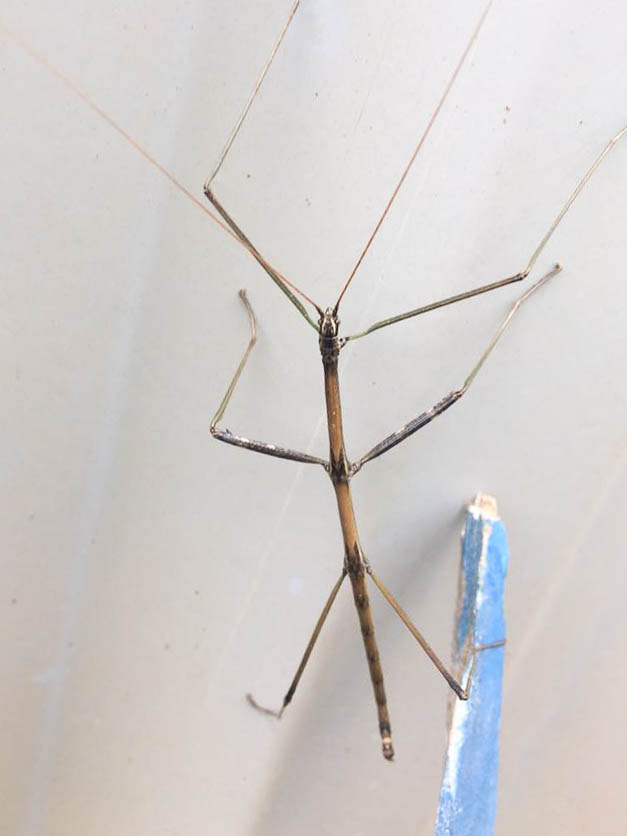
Damage They Cause
Walking stick bugs are not destructive insects. Their effects can only be pronounced if they infest a particular tree plant in large numbers for years. And infestations of this magnitude only happen in the wild. Also, since these insects are not interested in every plant, the first sign of their infestation is noticing a few of these insects on a particular tree.
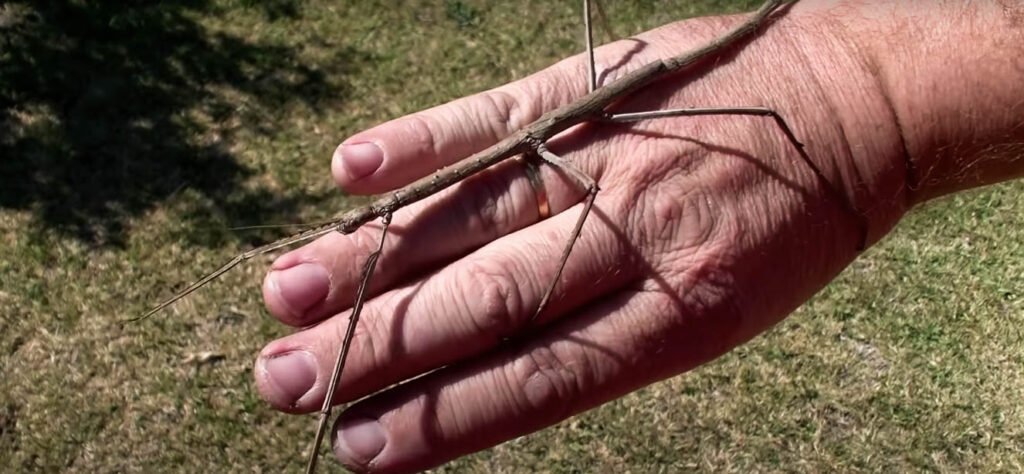
How to Get Rid of Them
Walking stick bugs are easy to control, all you just have to do is to kill the few you find around. If their number is more than what you can control, you can then decide to get in touch with a professional.

